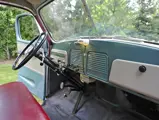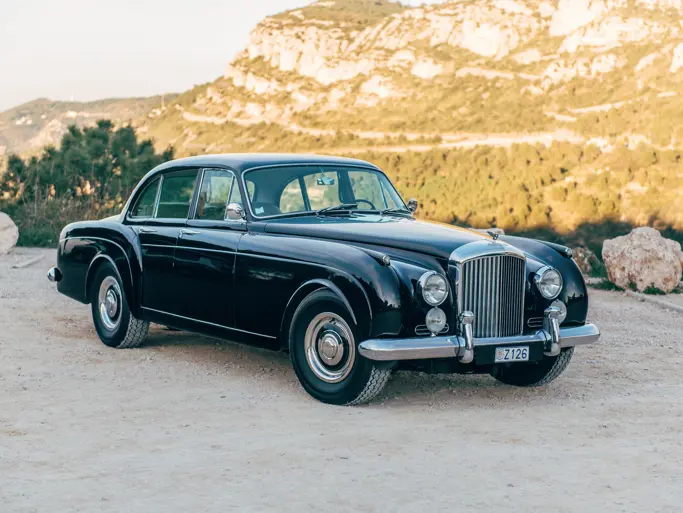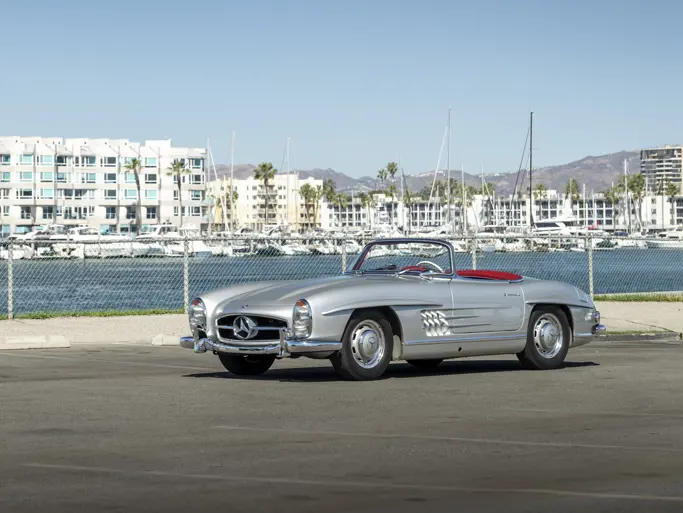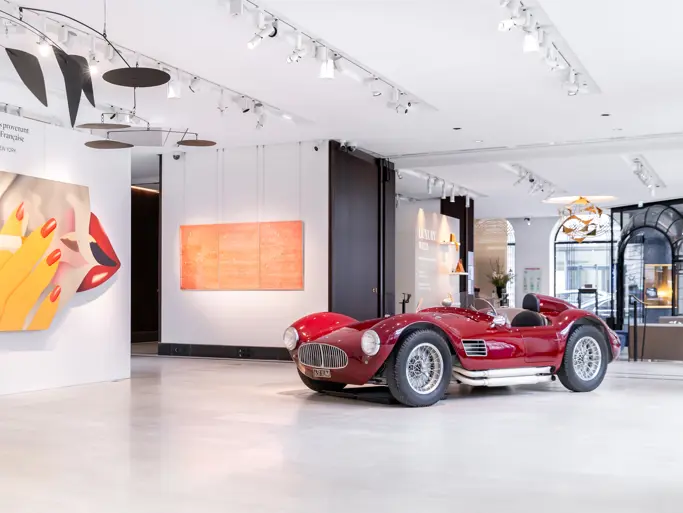Model 2R5. 85 bhp, 169.6 cu. in. “Champion” L-head inline six-cylinder engine, three-speed manual transmission with centrifugal overdrive, I-beam front axle and live rear axle with semi-elliptic leaf springs, and four-wheel hydraulic drum brakes. Wheelbase: 112"
• A landmark postwar light truck design with optional overdrive
• Restored and presented in correct, original color
As the “First by Far with a Postwar Car,” Studebaker made dramatic gains following World War II with its revolutionary 1947 models designed by Studebaker designer Robert E. Bourke and Loewy Studios’ Virgil Exner. Studebaker’s postwar truck designs were not overlooked during wartime, with full-scale clay mockups completed as early as 1945, well in advance of their 1948 introduction for the 1949-model year.
With their smooth and fresh styling, the new Studebaker trucks were the first vehicles of their kind with a tough double-walled cargo bed and lacked the old-fashioned running boards and cargo bed steps. They also broke from Studebaker’s former practice of using many passenger car components for its light trucks, borrowing only their hubcaps from the Commander and headlight rings from the Champion.
In fact, the lightweight, 169.6-cubic inch “flathead” six-cylinder engine produced the most horsepower per cubic inch of any American light truck engine of the period and offered industry-leading fuel economy.
This late-production example from 1952 was a straight and rust-free original Southern truck that received a body-off restoration prior to its acquisition by the current owner. The body was finished in the factory-correct shade of Turquoise with red interior upholstery. Desirable features include an optional centrifugal overdrive and an interior light. These very attractive Studebaker trucks are quite rare in today’s market and as such warrant close attention from classic truck enthusiasts.
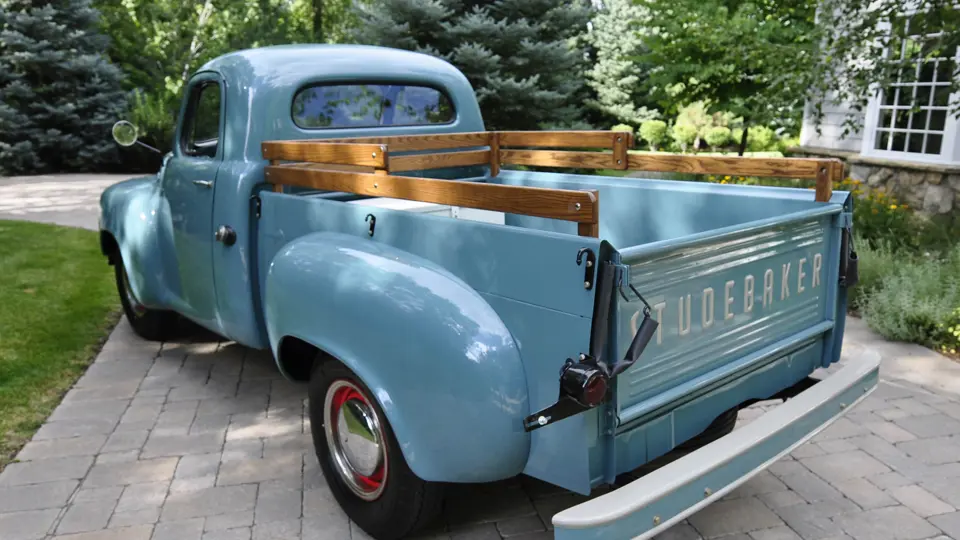

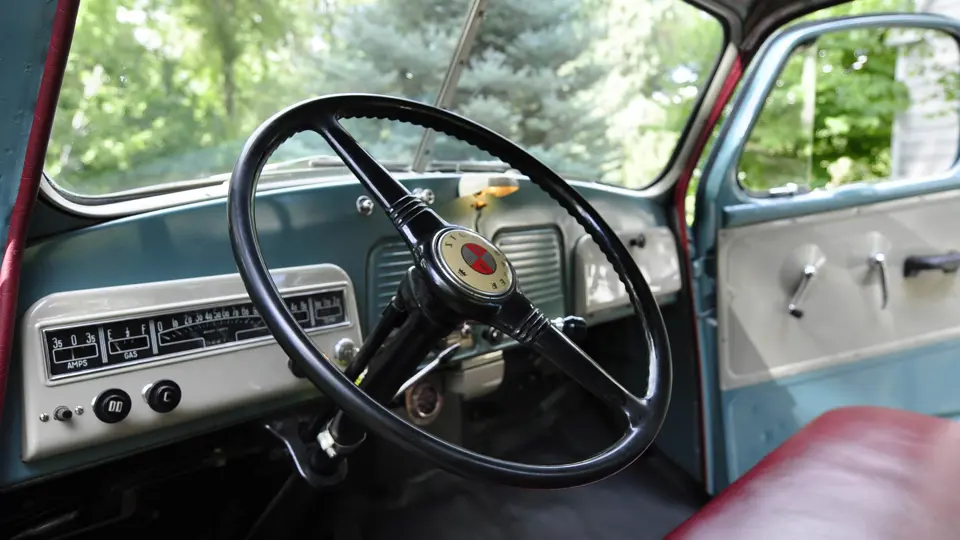

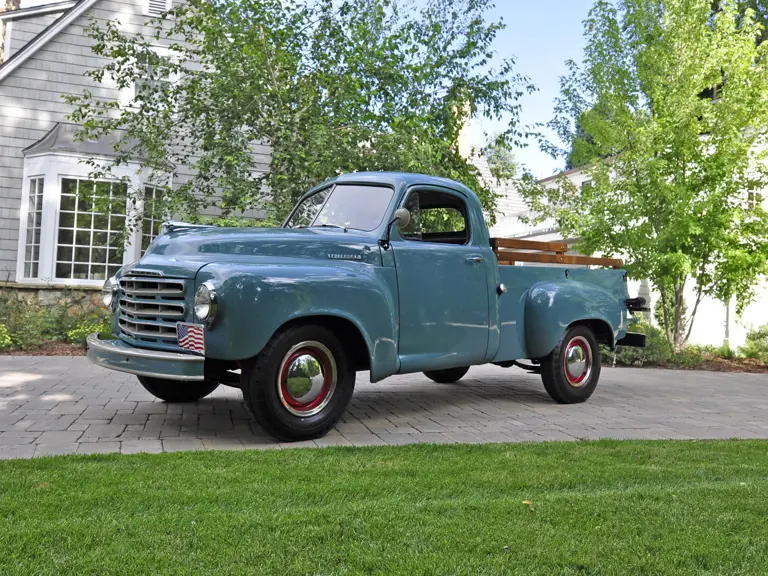
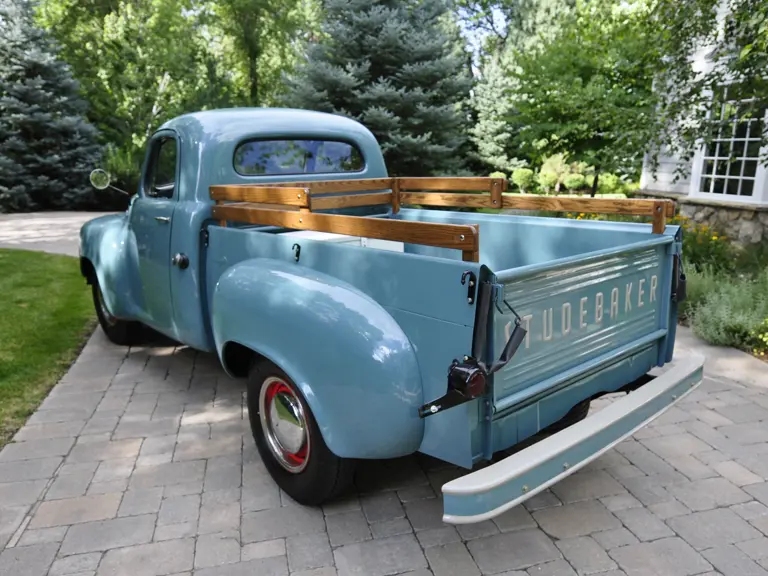
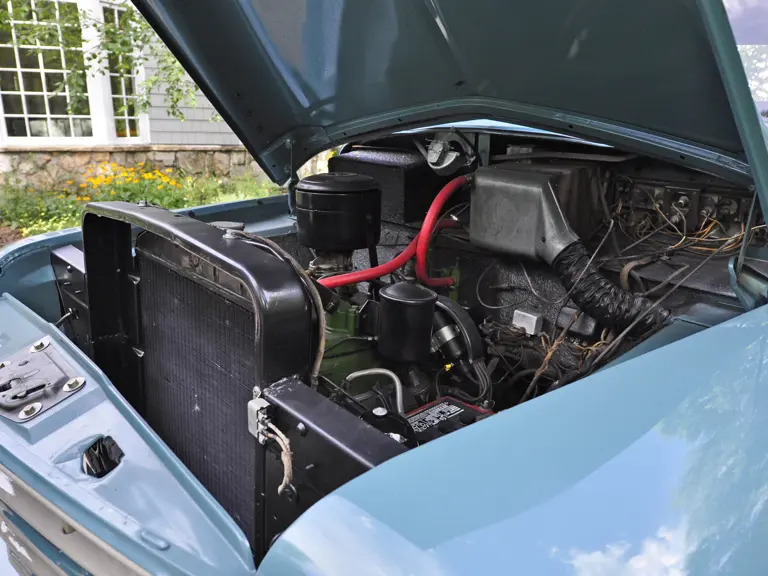
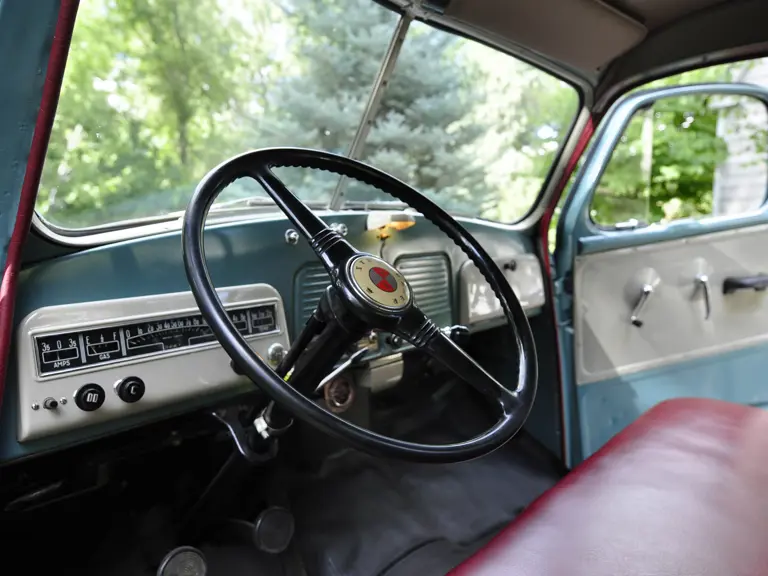

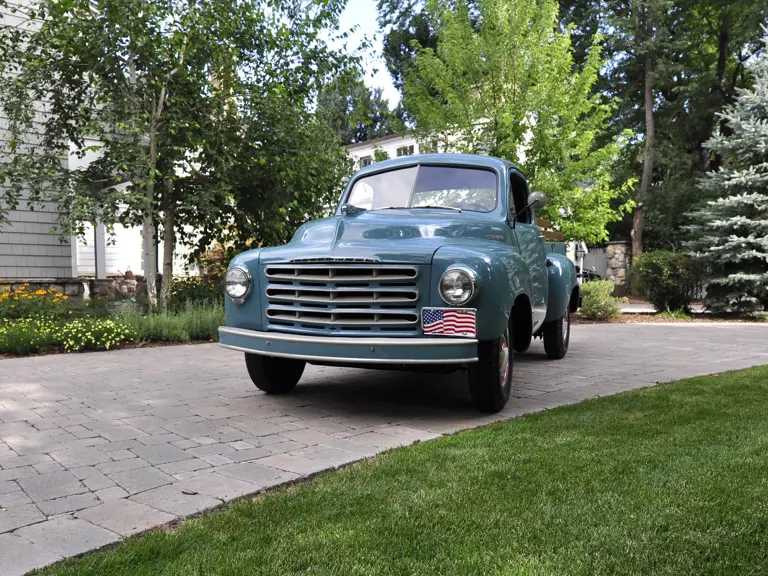
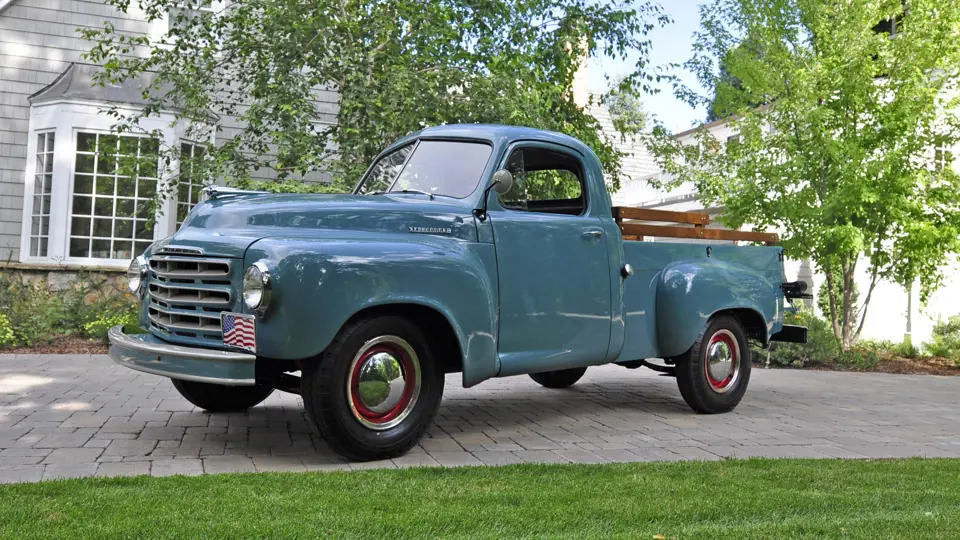
 | Phoenix, Arizona
| Phoenix, Arizona
